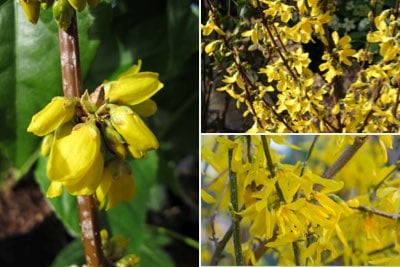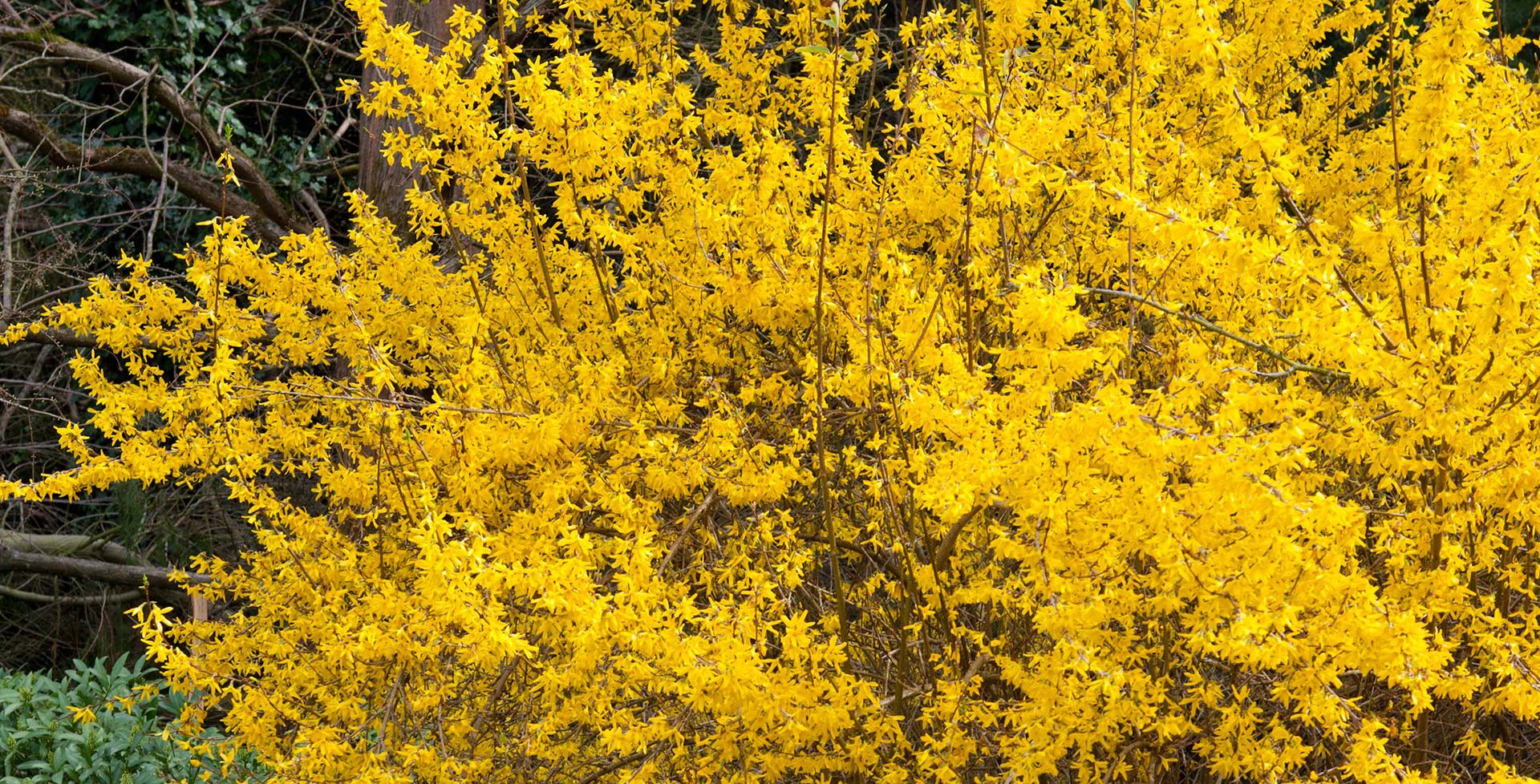
Introducing...
Forsythia
Botanical name: Forsythia
Flowering in early spring, at the same time as many spring bulbs, forsythias contribute hugely to the reawakening of the garden after winter. Use them as specimen shrubs or as part of an informal, flowering hedge.
Looks
Forsythias are renowned for their vibrant yellow flowers, which appear in early spring all along the bare branches, largely before the leaves unfurl. They usually form large, upright shrubs with arching stems and are deciduous, so lose their leaves over winter.
Likes
Forsythias are tolerant of most soil types, in full sun or light shade. They are very hardy and cope well in cold sites.
Dislikes
These shrubs will not do well in excessively dry or permanently wet soil. They flower poorly in shade, and their shape can become lopsided in a windy, exposed site.
Did you know?
An easy way to keep forsythias from growing too large is to cut lots of flowering stems to use for display in vases indoors. Alternatively, prune out a few of the oldest stems at the base after flowering, to encourage new, strong growth.
Growing guide
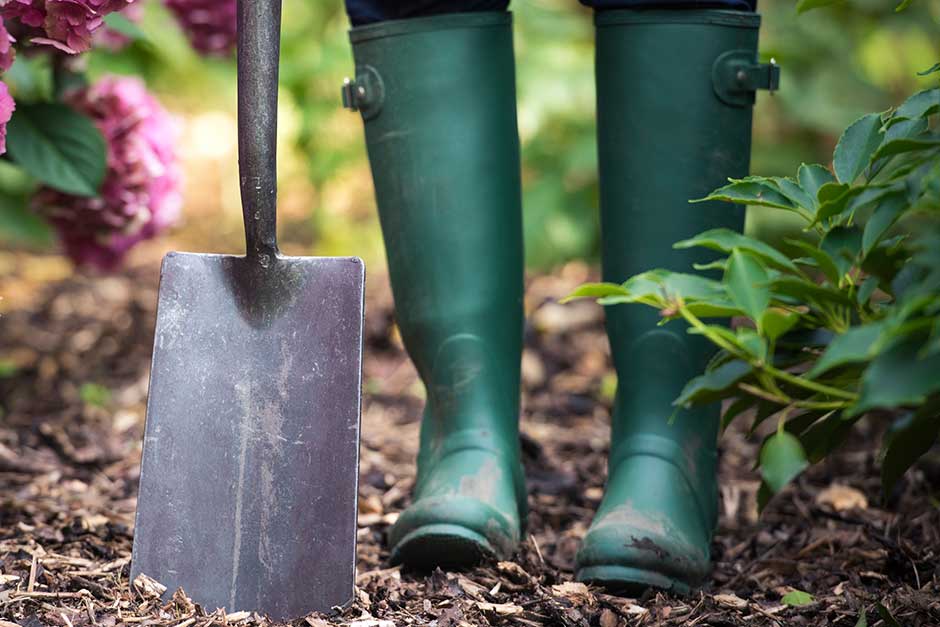
How to grow forsythia
All the information you'll need to grow and care for forsythia in your garden
Forsythia we recommend
Forsythia × intermedia Week End ('Courtalyn')
forsythia [Week End]
- 1.5–2.5 metres
- 1.5–2.5 metres
Forsythia Marée d'Or ('Courtasol')
forsythia [Marée d'Or]
- 0.5–1 metres
- 1–1.5 metres
Forsythia × intermedia Week End ('Courtalyn')
forsythia [Week End]
- 1.5–2.5 metres
- 1.5–2.5 metres
Forsythia Marée d'Or ('Courtasol')
forsythia [Marée d'Or]
- 0.5–1 metres
- 1–1.5 metres
Useful advice

Shrubs: smaller for year round interest
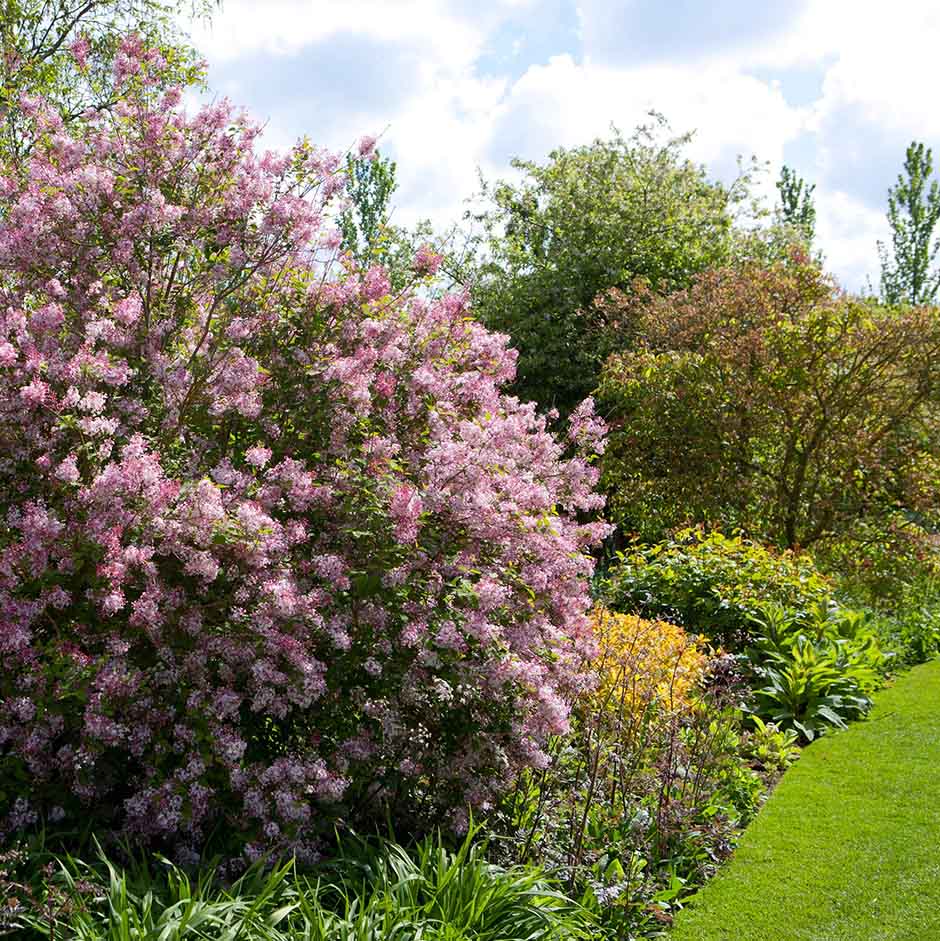
Shrubs: larger for year round interest
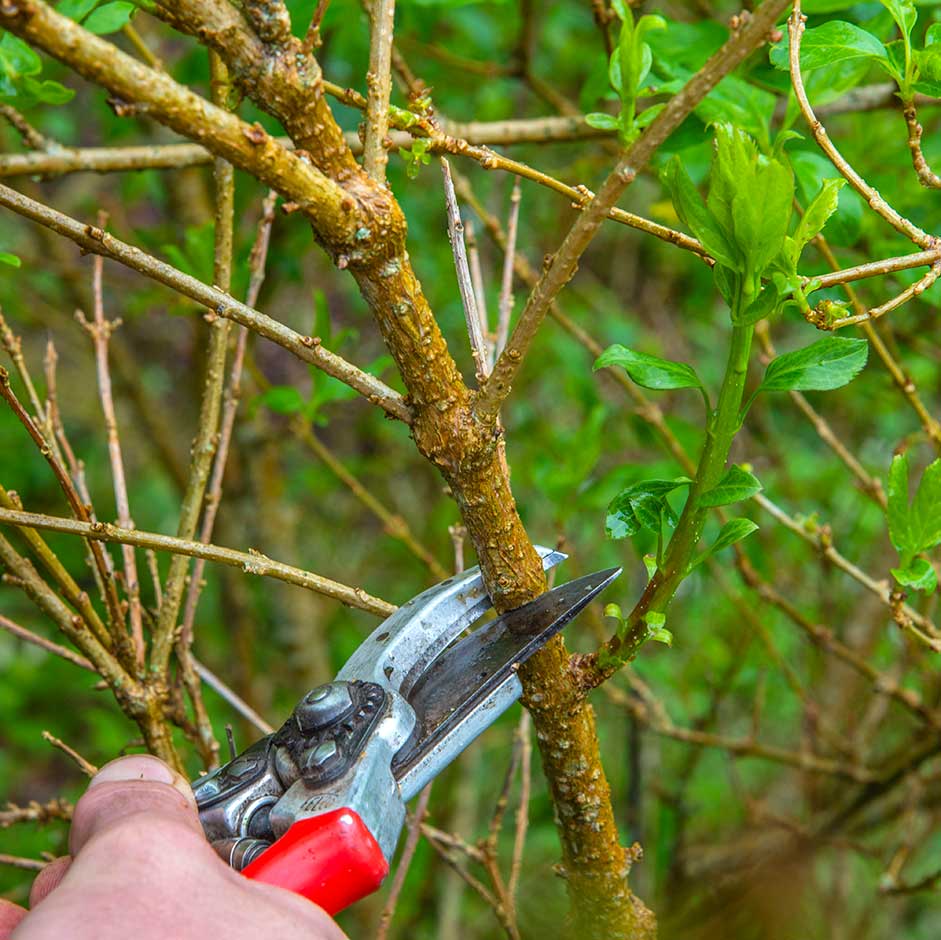
Shrubs: pruning early-flowering

Choosing native trees and shrubs
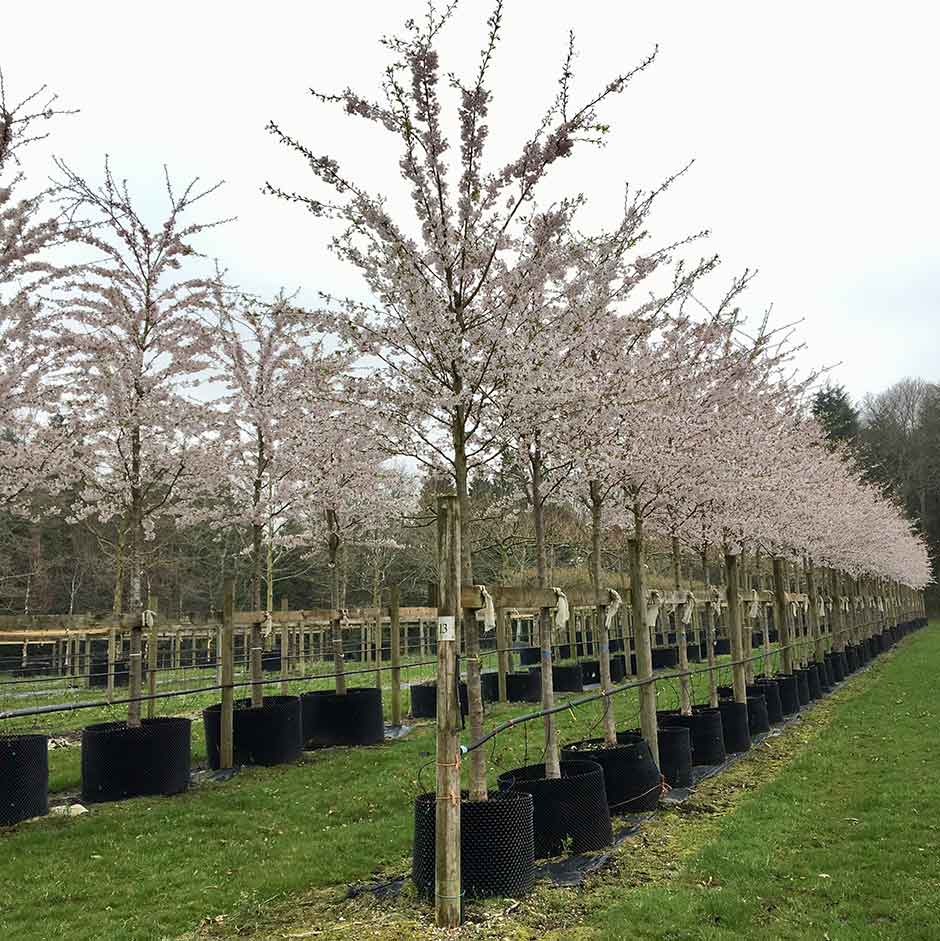
Buying: trees and shrubs
Get involved
The Royal Horticultural Society is the UK’s leading gardening charity. We aim to enrich everyone’s life through plants, and make the UK a greener and more beautiful place.
